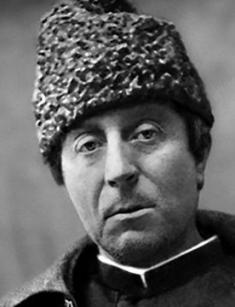
Paul Gauguin: biography
He was a successful businessman and in a few years managed to make a vast fortune, which would be enough to provide for the whole family – his wife and five children. But at one point, this man came home and said that he wanted to exchange dull financial employment for oil paints, brushes, and canvas. Thus, he left the stock market and, carried away by his favorite thing, was left with nothing.
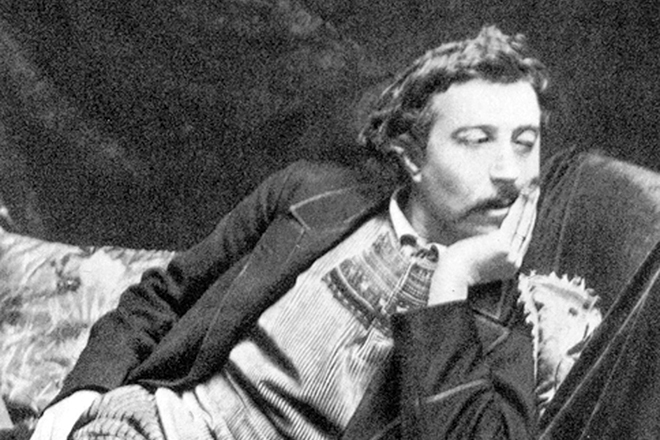
Now post-impressionist paintings by Paul Gauguin are estimated at more than one million dollars. For example, in 2015, the artist's canvas entitled When Will You Marry? (1892), depicting two Tahitians and a picturesque tropical landscape was sold at auction for $300 million. But it turned out that during his lifetime, the talented Frenchman, like his colleague in art, Van Gogh, was not awarded the recognition and fame. For the sake of illustration, Gauguin consciously condemned himself to the existence of a poor wanderer and traded a luxurious life for extreme poverty.
Childhood and youth
The future artist was born in the city of love-the capital of France-June 7, 1848, at a time of troubles, when the country of Paul Cézanne was in for political upheaval, affecting the lives of all citizens – from unremarkable merchants to large entrepreneurs. Paul's father, Clovis Gauguin, came from the family of entrepreneurs residing in Orléans. He worked as a liberal journalist for the local newspaper Nacional and carefully covered the chronicles of state affairs.

His wife Aline Chazal was a native of sunny Peru, grew up and was brought up in a noble family. Aline's mother and, accordingly, Gauguin's grandmother, the illegitimate daughter of the nobleman André Chazal, an engraver, and Flora Tristan, an admirer of the political ideas of utopian socialism, became the author of critical essays and autobiographical book Peregrinations of a Pariah. The marriage of Flora and her husband André Chazal ended sadly: the lover attacked his wife and went to prison for attempted murder.
Because of the political upheavals in France, Clovis, concerned for the safety of the family, was forced to flee the country. Besides, the authorities shut down the publishing house where he worked, and the journalist was left without means of livelihood. Therefore, the head of the family, along with his wife and young children went on a ship to Peru in 1850.
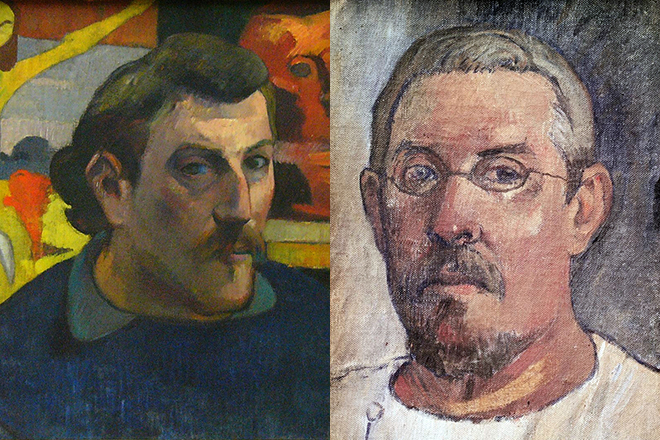
Gauguin's father was filled with good hopes: he wanted to settle in the South American state and under the guidance of his wife's parents to establish his newspaper. But the plans of the man failed to come true because during the way Clovis suddenly died of a heart attack. So Aline returned home being a widow with 18-month-old Gauguin and his 2-year-old sister Marie.
Until he was seven, Paul lived in an ancient South American state, picturesque mountain outskirts of which excite the imagination of any person. The young Gauguin was always among people: at his uncle's estate in Lima, servants and nurses surrounded him. Paul retained a vivid memory of that period of childhood; he recalled the boundless expanses of Peru with pleasure, the impressions of which haunted the gifted artist for the rest of his life.
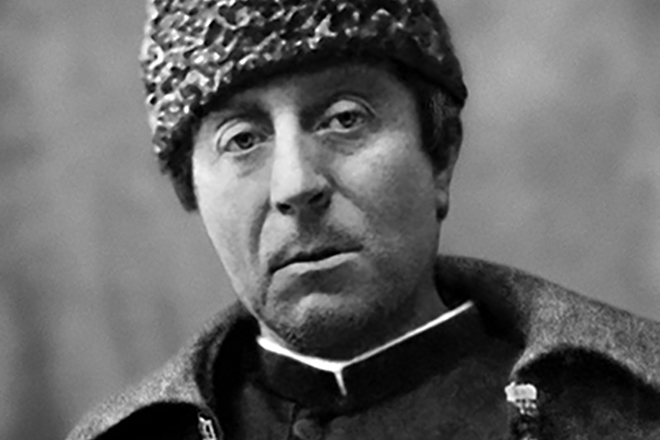
Gauguin's idyllic childhood in this tropical paradise was suddenly over. Due to Peruvian civil conflicts in 1854, eminent relatives on his mother's side lost political power and privileges. In 1855, Aline and Marie returned to France to listen to her uncle's will. The woman settled in Paris and began to earn a living as a dressmaker, and Paul remained in Orléans, where his paternal grandfather raised him. Thanks to perseverance and work in 1861, Gauguin's mother became the owner of her sewing workshop.
After several local schools, Gauguin was sent to a prestigious Catholic boarding school (Petit Ampage de La Chapelle-Saint-Mesmin). Paul was a diligent student, so he excelled in many subjects, but the talented young man did exceptionally well in the French language.

When the future artist was 14 years old, he entered the Paris Loriol Institute in Paris, a naval preparatory school and was going to enter the Maritime school. But, fortunately, or unfortunately, in 1865, the young man failed the exams at the selection committee, so, without losing hope, got a job on the ship as a pilot. Thus, the young Gauguin went on a journey through the boundless waters and for all the time traveled to many countries, visited South America, the Mediterranean coast, explored the Northern seas.
While Paul was at sea, his mother died of illness. Gauguin remained in ignorance of the terrible tragedy for some months, until a letter with unpleasant news from his sister overtook him on his way to India. In the will, Aline recommended the offspring to make a career, because, in her opinion, Gauguin would not be able to find support in his friends or relatives because of his straightforward, bold nature.
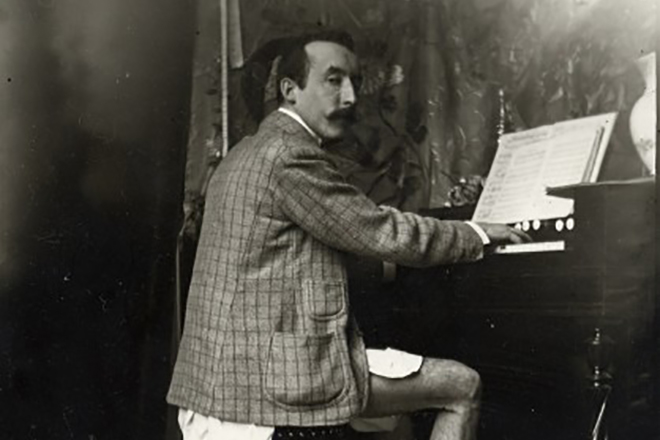
Paul did not contradict the last will of his mother and in 1871 went to Paris to start an independent life. The young man was lucky because his mother's friend Gustave Arosa helped the 23-year-old orphaned boy to get from rags to riches. Gustave, the exchange operator, recommended Paul in the company, due to which the young man received the post of a broker.
Painting
Talented Gauguin succeeded in his profession; the man began to have spare money. In ten years of his career, he became a respectable man in society and managed to provide the family with a comfortable apartment in the center of the city. Like his guardian Gustave Arosa, Paul began to buy paintings of famous Impressionists, and in his spare time inspired by paintings, Gauguin began to try his talent.
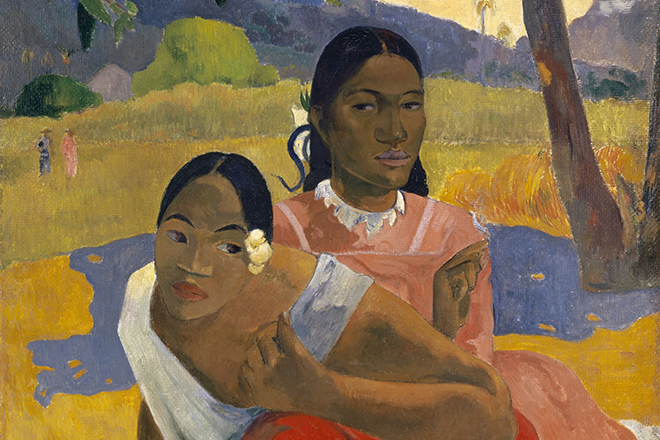
In the period from 1873 to 1874 years, Paul created the first striking landscapes, which reflected the Peruvian culture. One of the debut works of young artists – The Forest Path – was exhibited at the Salon and received praising reviews from critics. Soon the aspiring master met Camille Pissarro, a French painter. Between these two creative people struck up a warm friendship, Gauguin often came to visit his mentor in the North-Western suburbs of Paris – Pontoise.
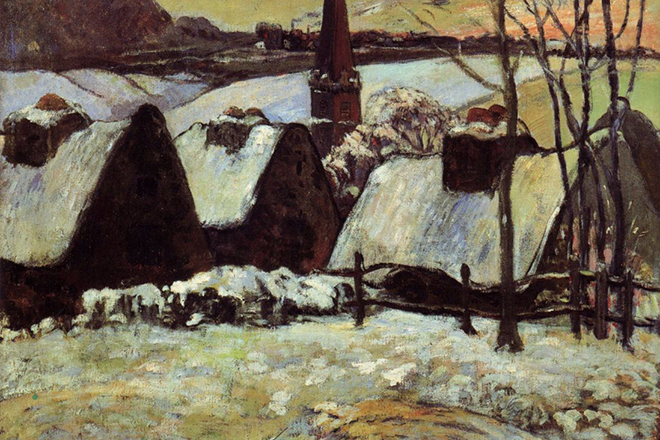
The artist, who hated social life and loved solitude, spent the majority of his free time painting pictures, gradually the broker was beginning to being perceived not as an employee of a large company, but as a gifted artist. In many ways, the fate of Gauguin was affected by his acquaintance with Edgar Degas, the original representative of the impressionist movement. Degas supported him both mentally and financially, buying his expressive paintings.
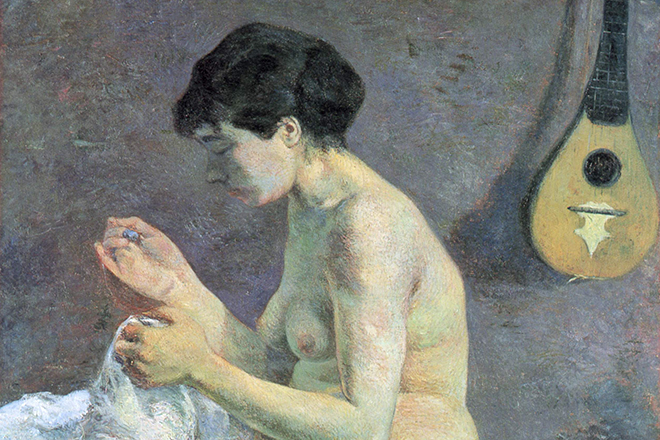
In search of inspiration and a rest from the bustling capital of France, the master packed a suitcase and went on a journey. So he visited Panama, lived with Van Gogh in Arles, had been to Brittany. In 1891, remembering a happy childhood spent in his mother's homeland, Gauguin went to Tahiti – a volcanic island, the expanses of which give way to imagination. He admired coral reefs, dense jungles where juicy fruits grow, and azure seashores. Paul tried to convey all-natural paints on the canvas, whereby the works of Gauguin were unique and bright.
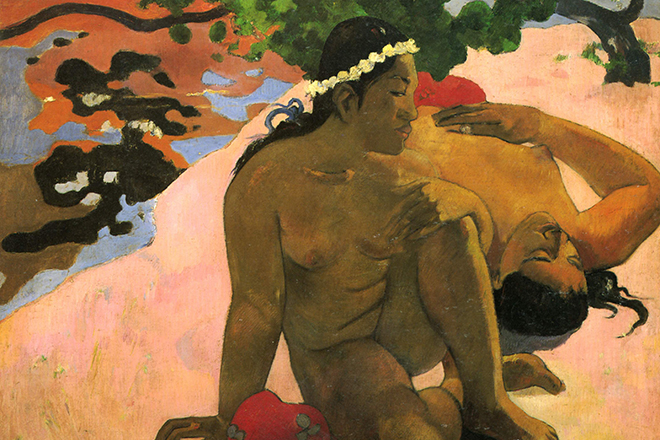
The artist watched the world go by and captured in his works everything that he saw with his sharp artistic eye. Thus, the plot of the painting Are You're Jealous? (1892) appeared before the eyes of Gauguin in reality. The two Tahitian sisters, who had just bathed, lay down in supine poses on the beach under the scorching sun. From the girl's dialogue about love, Gauguin heard a quarrel: What? Are You Jealous? Later, Paul admitted that this painting was one of his favorite creations.
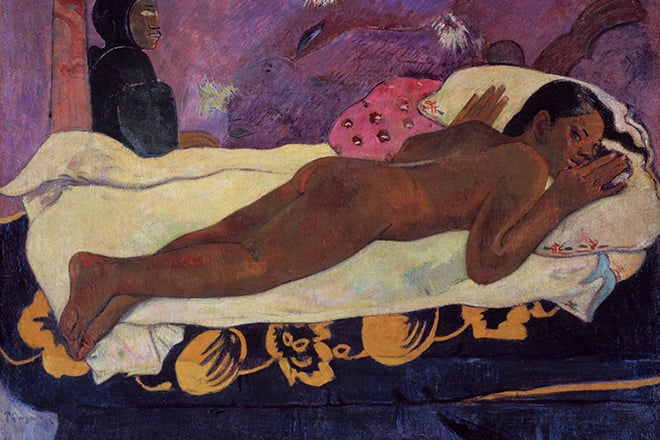
In the same 1892, the master painted a mystical canvas Spirit of the Dead Watching, made in dark, mysterious purple tones. The viewer sees a naked Tahitian woman lying on the bed and behind her a spirit in a dark robe. The fact is that once the lamp of the artist ran out of oil. He struck a match to illuminate the space, startling Tehura. Paul began to wonder if this girl could have mistaken the artist for a ghost or a spirit, which the Tahitians were very much afraid of. These mystical thoughts inspired Gauguin for the plot.
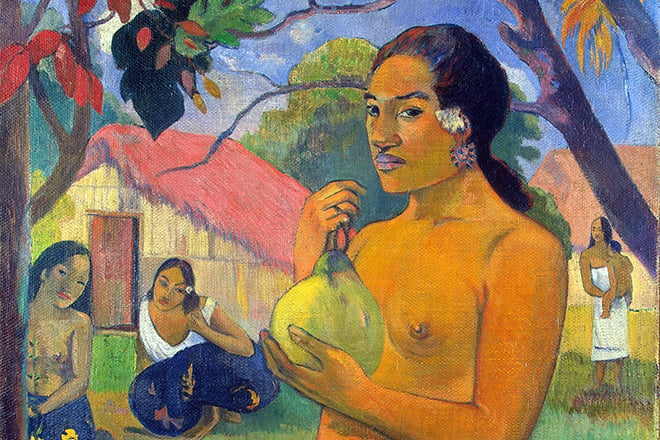
A year later, the master painted another canvas called Woman Holding A Fruit. Following his manner, Gauguin signed this masterpiece with the other Maori name Euhaereiaoe ("Where're you going?"). In this work, as in all the works of Paul, man and nature are static, as if merged. Initially, this painting was purchased by the Russian merchant Morozov; now the work is in the walls of the State Hermitage Museum. Among other things, the author of The Study of Nude in his last years wrote the book Noanoa, published in 1901.
Personal life
Paul Gauguin in 1873 proposed to a Dane, Mette-Sophie Gad, who agreed and gave her lover four children: two boys and two girls. Gauguin adored his first-born Émile, who came to this world in 1874. Many paintings of the master of brushes and paints are decorated with the image of a serious boy, who, judging by the works, was fond of reading books.
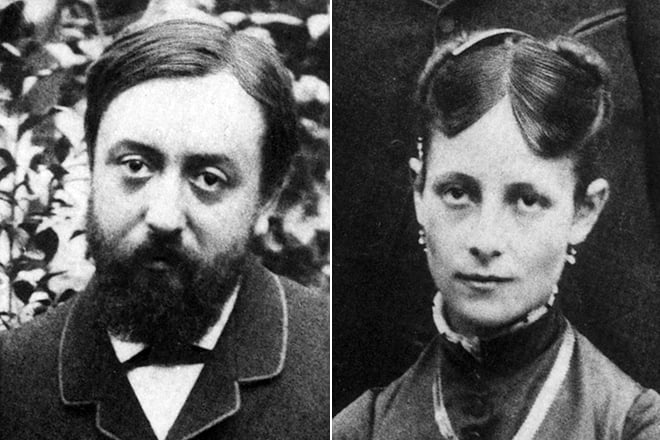
Unfortunately, the family life of the great impressionist was not cloudless. The master's paintings did not sell well and did not bring him income, and the wife of the artist did not have the opinion that "a cottage is a castle for those in love." Because of the plight of Paul, who barely made ends meet, there were often quarrels and conflicts between the spouses. After arriving in Tahiti Gauguin married a young local beauty.
Death
While Gauguin was in Papeete, he worked very productively and managed to create about eighty paintings, which are considered the best in his track record. But fate was preparing the talented man new obstacles. Gauguin failed to gain recognition and fame in the circle of admirers of creativity, so he plunged into depression.
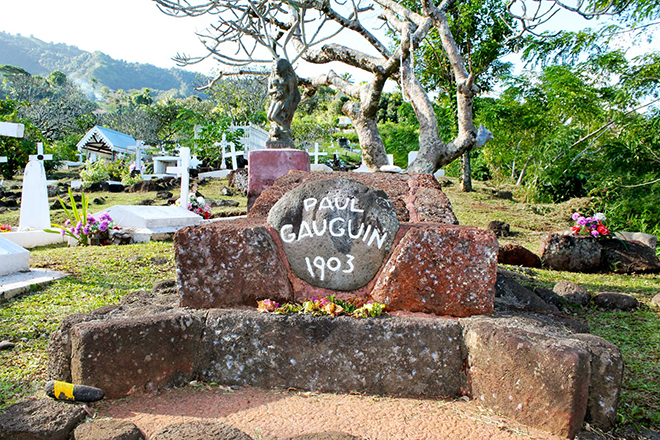
Because of the black streak that came in his life, Paul repeatedly attempted suicide. The mental state of the artist resulted in poor health. The author of Are You Jealous? fell ill with leprosy. The grandmaster died on the island on 9 May 1903 at the age of 54.
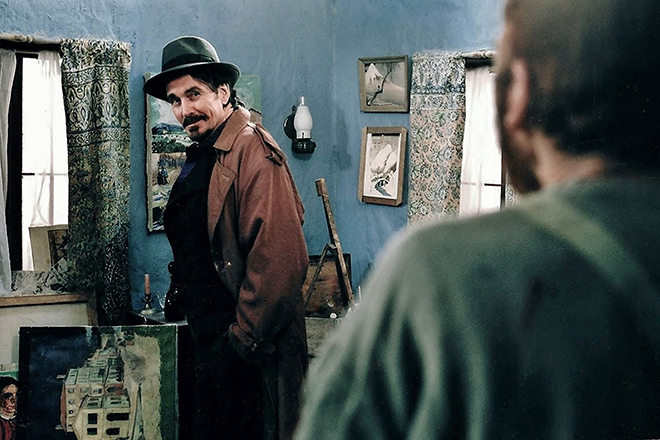
Unfortunately, as often happens, fame came to Gauguin only after death: three years after the death of the master, his paintings exhibited in Paris for all to see. In memory of Paul in 1986 was filmed The Wolf at the Door, where the role of the artist performed the famous actor of Hollywood Donald Sutherland. Also, the British novelist William Somerset Maugham wrote a biographical work The Moon and Sixpence, where the prototype of the main character was Paul Gauguin.
Paintings
- 1880 - Study of the Nude
- 1888 - Vision After the Sermon
- 1888 - Night café, Arles
- 1889 - The Yellow Christ
- 1891 - Woman with a Flower
- 1892 - The Spirit of the DeadKeep Watch
- 1892- Are You Jealous?
- 1893 - Woman Holding A Fruit
- 1893 - Her name is Vairaumati
- 1894 - The Amusement of the Evil Spirit
- 1897-1898- Where Do We Come From? What Are We? Where Are We Going?
- 1897 - Never Again
- 1899 – Harvesting
- 1902 - Still Life with Parrots




